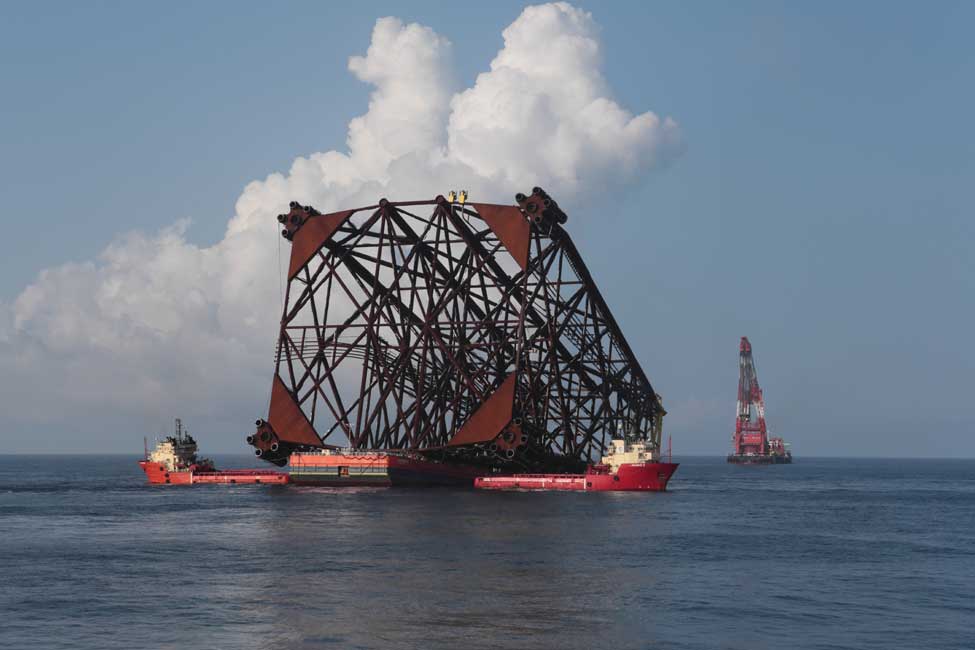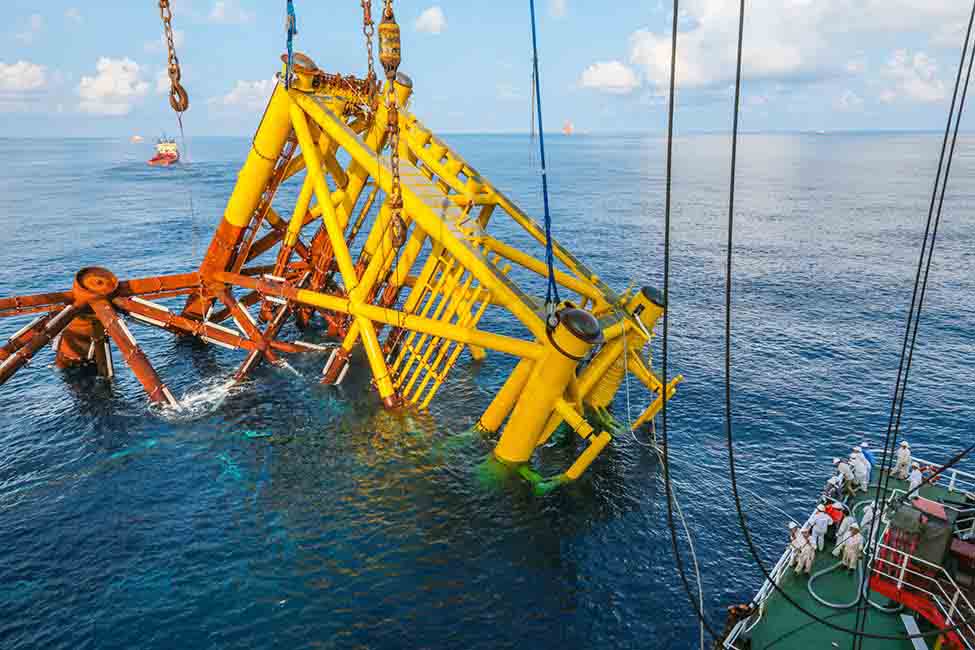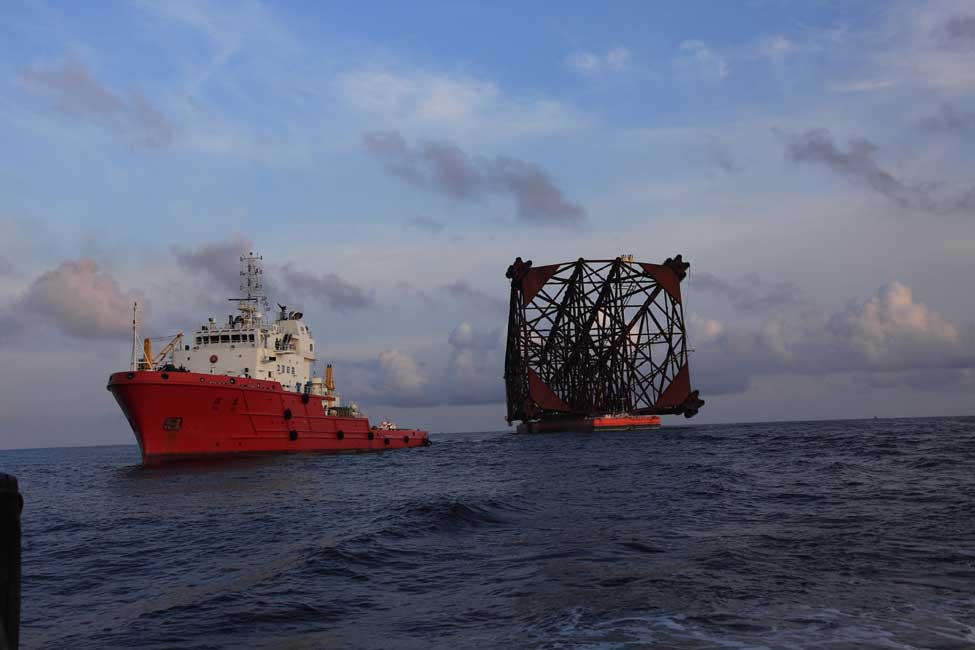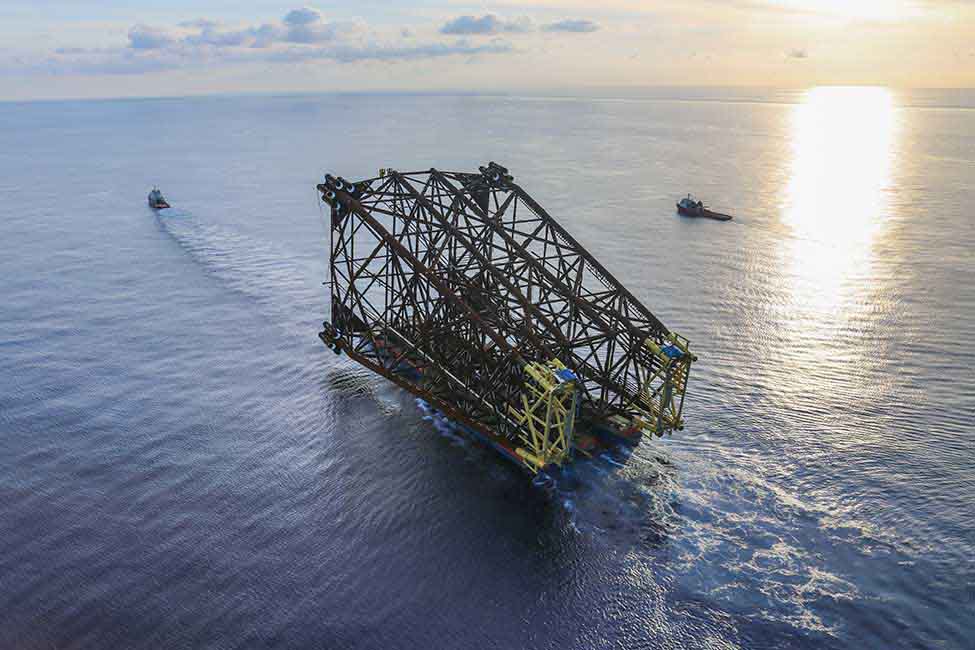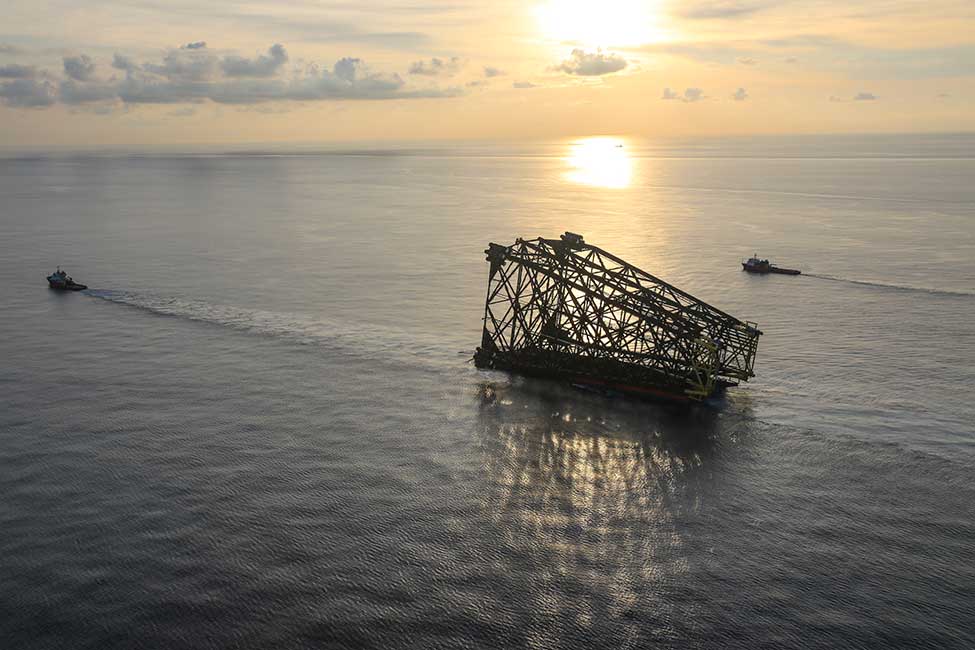Liwan 3-1 was a fast-track, natural-gas development project critical to the growth strategy of our customer, Husky Oil China Ltd. The massive undertaking encompassed a new platform, pipelines, control systems, a gas plant and a subsea chemical injection module to prevent ice-like hydratres from forming and clogging deep-sea natural-gas lines.
We contributed our experience in managing vast, complex, and physically challenging execution of deepwater hydrocarbons projects to a team with its own offshore and platform construction expertise. That team was a partnership of Husky and China National Offshore Oil Corporation (CNOOC).
Liwan 3-1 produces natural gas at a rate of some 300 million cubic feet (nearly 8.5 million cubic meters) per day.
Liwan 3-1 Deepwater Gas Development
Image Gallery
Around the world
Bechtel people throughout Southeast Asia and in Houston managed project plans, coordinated schedules, and ensured timely purchase and delivery of high-quality material, equipment, and components. That included deliveries of structural steel, pipe, and other subsea hardware from suppliers the world over—from China, Malaysia, and Germany to the United States and United Kingdom.
Inside the project
The project consisted of three subsea manifolds connecting more than a dozen wells in deep water—with potential for expansion. Natural gas from each of the sea-floor wells flows to the nearby manifolds and then to a larger pipeline-end manifold. From there, the gas travels 50 miles (some 80 kilometers) to risers at a central platform. Finally, the gas flows through a 168-mile (270-kilometer) subsea pipeline to the onshore processing plant on Gaolan Island.
Winter typhoons and powerful summer storms routinely pummel the project’s offshore location, nearly 220 miles (some 350 kilometers) from Hong Kong in the South China Sea. Such were the treacherous conditions for barges and crews delivering materials and equipment to the platform construction site, laying pipe, unreeling umbilical connections, and lowering heavy equipment to the seabed, which was up to 4,790 feet (1,460 meters) beneath the surface.


